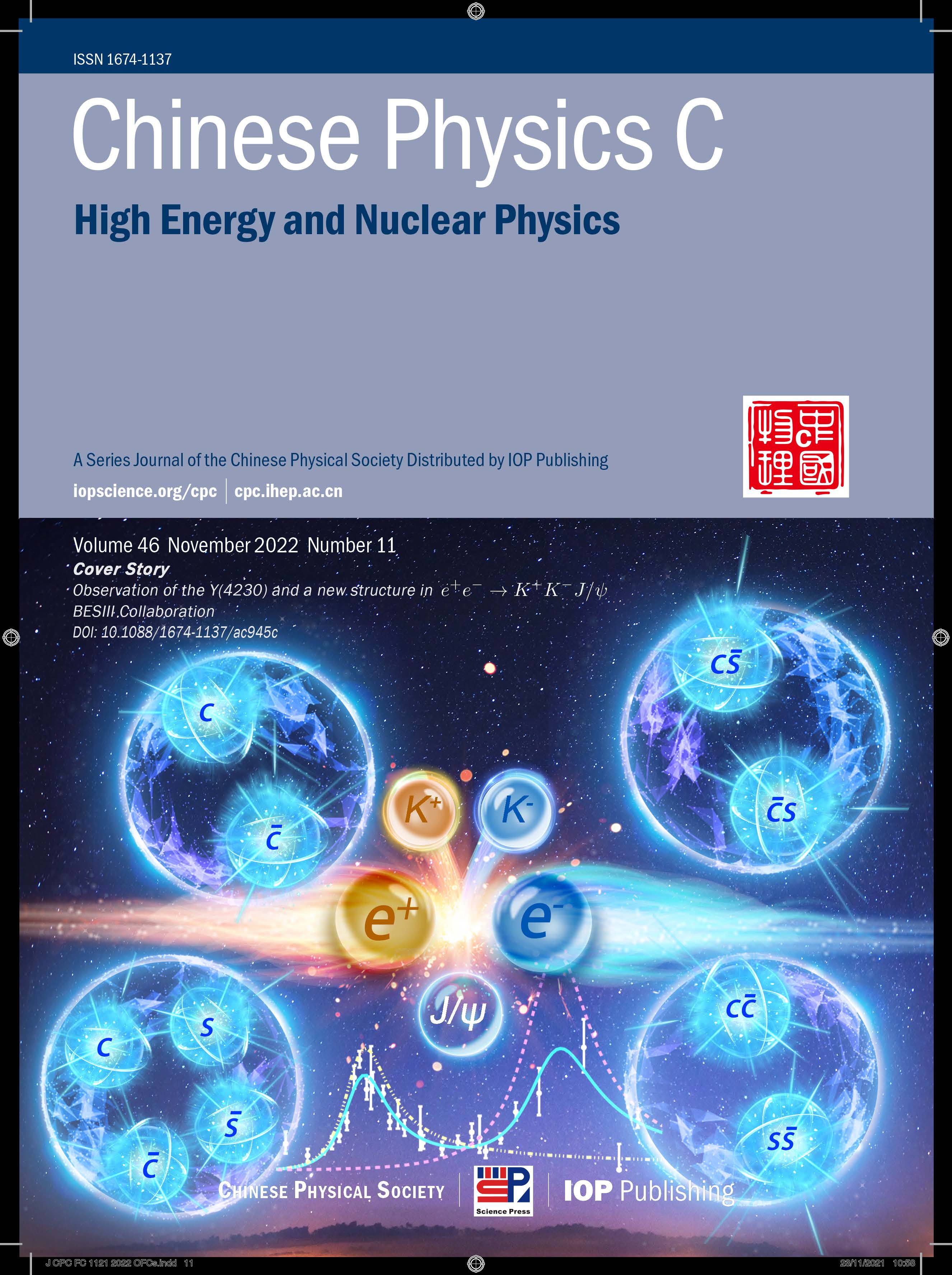Preface
Since the science white paper of the Large High Altitude Air Shower Observatory (LHAASO) published on arXiv in 2019 [e-Print: 1905.02773 (astro-ph.HE)], LHAASO has completed the transition from a project to an operational gamma-ray astronomical observatory and a fully functioning cosmic ray (CR) air shower detection complex with multiple techniques measuring many shower components. LHAASO is a new generation multi-component facility located in Daocheng, Sichuan province of China, at an altitude of 4410 meters. It aims at measuring with unprecedented sensitivity the spectrum, composition, and anisotropy of cosmic rays in the energy range between 1012 and 1018 eV, and acting simultaneously as a wide aperture (one stereoradiant) continuosly-operating gamma-ray telescope in the energy range between 1011 and 1015 eV with the designed sensitivity of 1.3% of the Crab Unit (CU) above 100 TeV. During its construction, the partially completed square kilometer array (KM2A) of LHAASO has detected 12 PeVatrons with Ultra High Energy (UHE, ≥100 TeV) photon emission, opening the era of UHE gamma-ray astronomy. These Pevatrons are roughly uniformly distributed in the MilkyWay implying their ubiquity although only the first group of them having UHE photon fluxes greater than 0.5 CU have been unveiled. LHAASO’s capability of measuring simultaneously different shower components (electrons, muons, and Cherenkov/fluorescence ligh), will allow it to investigate the origin, acceleration, and propagation of CR through a measurement of energy spectrum, elemental composition, and anisotropy with unprecedented resolution. The remarkable sensitivity of LHAASO will play a key role in CR physics and gamma-ray astronomy for a general and comprehensive exploration of the high energy universe and will allow important studies of fundamental physics (such as indirect dark matter search, Lorentz invariance violation, quantum gravity) and solar and heliospheric physics. Plenty of science topics will be explored and deeply studied with the LHAASO data in 2020s. LHAASO actually records a few billions of CR showers per day above 100 GeV, allowing us to carry out many researches beyond the UHE gamma-ray astronomy.
To summarize the instrumental features and outline the prospective of scientific researches with the LHAASO experiment, the LHAASO Collaboration organized an editorial working group and finished all editorial work of this science book. Thanks to the editorial team led by Siming Liu and Domenico della Volpe for two years of hard working and the Chinese Physics C (CPC) for the strong technical supports, the book now is finally published in CPC as a special issue in 2022, going on-line immediately. I would like to take this opportunity to thank all LHAASO detector teams for providing the detector descriptions. I also appreciate the reviewing work provided by the LHAASO Collaboration members. Finally, I am grateful to all authors who made this book significantly enhanced in both contents and presentation. Among all editors, I would express my great respects to Benedetto D’Ettorre Piazoni who proof-read almost all chapters and sections.
I wish that this book will bring more scientists into researches with LHAASO and will stimulate more creative studies utilizing the LHAASO experiment.
Zhen Cao
Spokesperson of the LHAASO Collaboration
LHAASO.pdf













